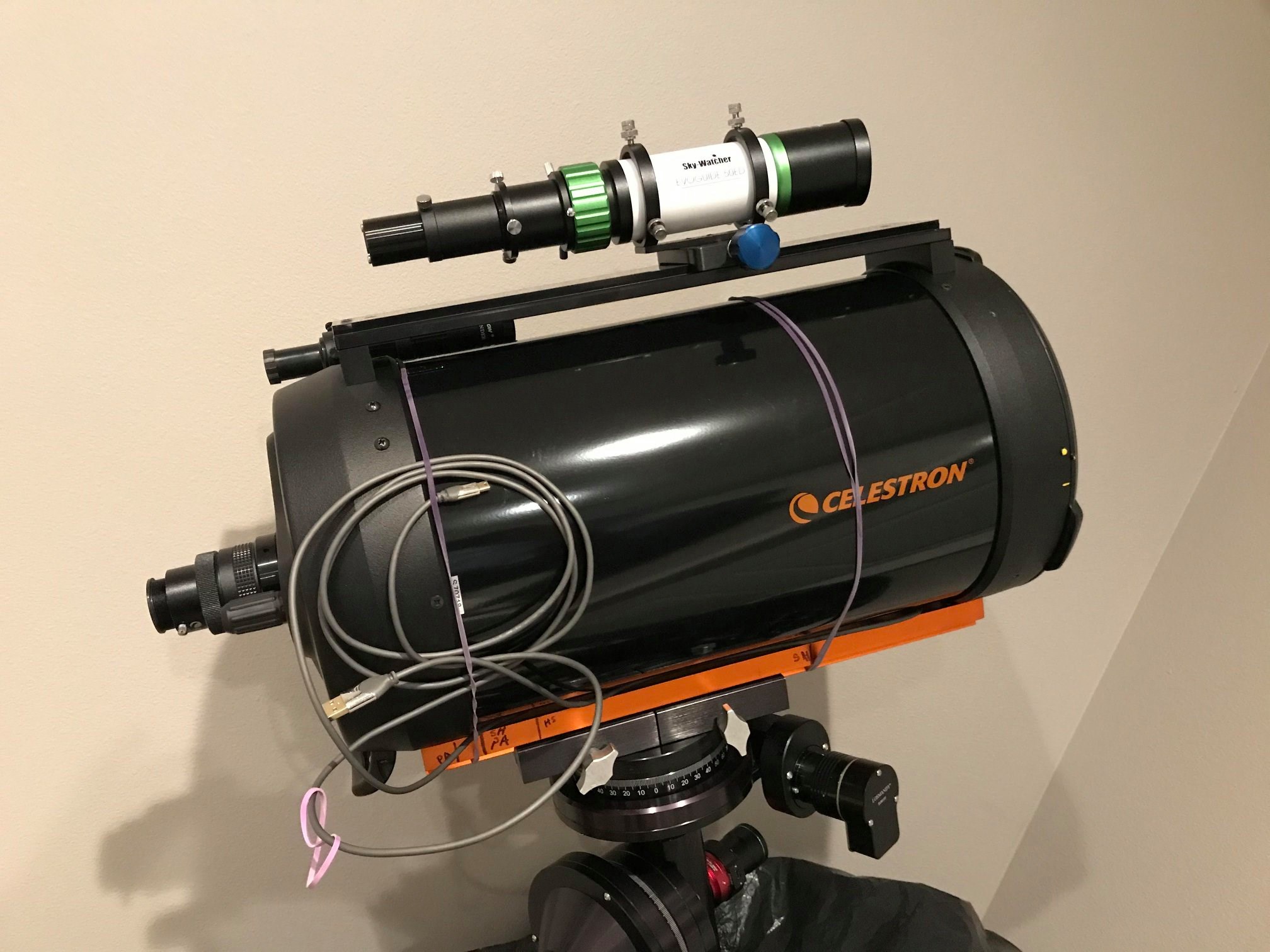Guide Stars
69 views
Skip to first unread message
Rodney Bell
Jan 17, 2020, 9:16:04 AM1/17/20
to Open PHD Guiding
Good Morning,
I'm doing a bit of brushing up on my guiding technics, since I have my guide scope properly mounted now. I have a basic question. I'm looking at the PHD2 Manual PDF now, and it mention that your guide star should be properly focused for better guiding. I've also been told by others saying it's better to have them slightly out of focus...
Which do you recommend? Sharply focused, or slightly fuzzy?
I also have a dark library in there, and I've been slightly bumping the scope north before guiding. Also balancing it slightly heavy on the RA...Getting great Polar Alignments under 1' arc minute with Pole Master, so i know I'm off to a good start. I have a Losmandy G11, so I know that in itself indeed helps.
Thanks, Rod

Brian Valente
Jan 17, 2020, 9:35:43 AM1/17/20
to Open PHD Guiding
Hi rodney
Focused is better. Use the auto guide star selection and it will do wonders. Si frame selection and 16 bit if your camera supports it
I'm not sure if the origin of the defocus but it could have to do in the past with oversaturated stars.
--
You received this message because you are subscribed to the Google Groups "Open PHD Guiding" group.
To unsubscribe from this group and stop receiving emails from it, send an email to open-phd-guidi...@googlegroups.com.
To view this discussion on the web visit https://groups.google.com/d/msgid/open-phd-guiding/768e54ba-f0f9-423f-b107-cf1e2187819d%40googlegroups.com.
Rodney Bell
Jan 17, 2020, 9:39:44 AM1/17/20
to open-phd...@googlegroups.com
Ah, okay...Yeah, I can't remember exactly where I heard this. Some astrophotography friend I think...
Great Brian, thanks! Looking forward to a clear night now. Haven't had one in over two weeks...! I'm going thru this PDF now...It's very good!!
Rod
You received this message because you are subscribed to a topic in the Google Groups "Open PHD Guiding" group.
To unsubscribe from this topic, visit https://groups.google.com/d/topic/open-phd-guiding/O4BbiQmfgLk/unsubscribe.
To unsubscribe from this group and all its topics, send an email to open-phd-guidi...@googlegroups.com.
To view this discussion on the web visit https://groups.google.com/d/msgid/open-phd-guiding/CAJa45i6AwLjXJSs6tPYP0dFeram9vBkSe19JWydqw-Hw97vz9A%40mail.gmail.com.
Michael 8554
Jan 17, 2020, 12:32:29 PM1/17/20
to Open PHD Guiding
IIRC Craig Stark, the author of the original PHD suggested it?
Might have to do with the degree of sub-pixel that PHD could handle, needed fatter stars than PHD2 ?
Michael
Wiltshire UK
Bryan
Jan 17, 2020, 4:04:00 PM1/17/20
to Open PHD Guiding
Here is a thread from last July with an explanation from Bruce on the logic for sharp guide stars
Bryan
Patrick Chevalley
Jan 17, 2020, 4:55:22 PM1/17/20
to Open PHD Guiding
All this old astronomy legend, like "defocus for guiding", "run everything as administrator", "only st-4 cable can work", ... have a basement and where right at some point in history.
But it is important now to realize they are no more adapted to the equipment we currently use and sometime dangerous.
About "defocus for guiding", the origin is probably the very big pixel (13.75x16 um) of the original ST-4 camera 30 years ago.
With this pixel size and a short focal guide scope it is very easy to get undersampled stars that extend on a single pixel. With a single illuminated pixel you cannot find an accurate centroid. By defocusing a bit so the star extend to 3 pixels you can get a better guiding.
But this is old story because today guide camera have pixel 4 or 5 time smaller and even with short focal guider you have no problem to measure the centroid of a well focused star, with all the advantage described by Bruce in the link above.
Patrick
Reply all
Reply to author
Forward
0 new messages
